The mythical creature from "Classic of Mountains and Seas" are brought to life again! These ancient records from 2,000 years ago come to vivid reality in this girl's restoration.
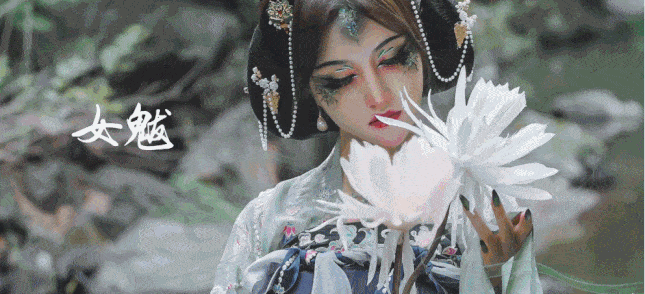
Xiang Liu (相柳):
《山海经·海外北经》:“共工之臣曰相柳氏,九首,以食于九山。相柳之所抵,厥为泽溪。……相柳者,九首人面,蛇身而青……”
Shan Hai Jing - Hai Wai Bei Jing: "Gong Gong had a minister named Xiang Liu, who had nine heads and fetched food on each of the nine mountains. Everywhere the Xiang Liu touched, it would turn into swamps and streams. ....... Xiang Liu, with nine heads, had a human-like face, a snake-like body, and a greenish body."
Ling Yu (陵鱼):
《山海经·海内北经》:“陵鱼人面、手足、鱼身,在海中。”
Shan Hai Jing - Hai Nei Bei Jing: "There is a kind of Ling Yu, with a human-like face, arms and legs, and a fish-like body, living in the sea."
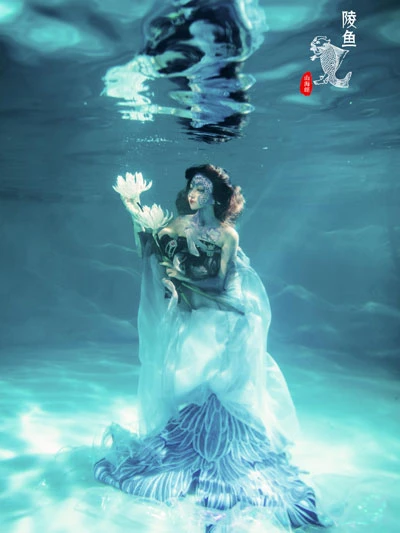
Qiong Qi (穷奇) & Luo Yu (蠃鱼):
《山海经·西山经》:“又西二百六十里,曰邽山,其上有兽焉,其状如牛,猬毛,名曰穷奇,音如獆狗,是食人。濛水出焉,南流注于洋水,其中多黄贝、蠃鱼,鱼身而鸟翼,音如鸳鸯,见则其邑大水。”
Shan Hai Jing - Xi Shan Jing: "Two hundred and sixty miles to the west, there is a mountain called Gui Shan. A beast on the mountain, shaped like a cow, with hair like the thorns of a hedgehog, is called the Qiong Qi, which makes a sound like a barking dog and can eat humans. Meng River originates from this mountain and flows southward into the ocean, and there are many yellow shells and Luo Yu in the water, and the Luo Yu has a fish body and bird-like wings and cries like the chirping of mandarin ducks, and whenever it appears, there will be floods."
These fantasy oriental beasts are like a dream, from a post 90s girl, who spent 1056 days, visiting 82 cities across China, across more than 90,000 kilometers, to bring the world of mythical creatures in the Chinese classic "Classic of Mountains and Seas (山海经, Shan Hai Jing)" to reality. She is @Jia Ling (嘉玲).
Originally from Zhangjiagang, Jiangsu Province, she has been obsessed with traditional Chinese culture since she was a child.
"When I watched ancient costume dramas as a child, I would take a bed sheet and wrap it around my body as a garment and pretend I was a fairy."
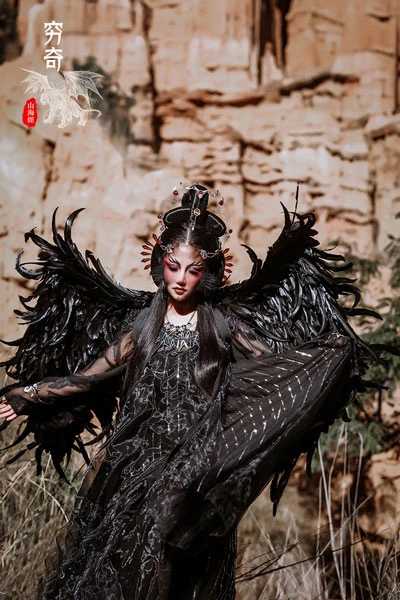
By chance, she read the "Classic of Mountains and Seas" in the school library and was immediately drawn to the exotic beasts inside. Although it was an obscure ancient text, a vivid picture was generated in her mind.
"At that time, I did not know that the "Shan Hai Jing" is the first of the three ancient Chinese books of wonders. Just think the world inside the book is particularly fantastical and imaginative."
Later, Jia Ling checked the information online and realized that it is the ancient Chinese mythological and legendary wonders. But unfortunately, the popularity of such an unparalleled work is not high, only few people have read it.
"The book records 40 states, 550 mountains, more than 300 waterways, more than 100 historical figures, and more than 400 mythical creature. We are familiar with the Creation of Humanity by Nüwa, Kuafu Chasing the Sun, and the Jingwei Filling the Sea all come from it."
"Although it seems fantastical, but it expresses people's most simple observation and worship of nature, in which the pure and fantastical worldview of everything having spirit and beauty deeply touches me." She suddenly had an idea: if presented mythical creature in the form of a reality interpretation, it might be possible to truly popularize the "Classic of Mountains and Seas".
After deciding, Jia Ling immediately shared the idea with her friends, but her friends thought her idea was too crazy. But the more she did so, the more she felt that popularizing the "Classic of Mountains and Seas" for young people was a long way to go. Fortunately, she found two partners, and in 2018, the they began to do an original series of imitation makeup of the strange people and creature of the "Shan Hai Jing".
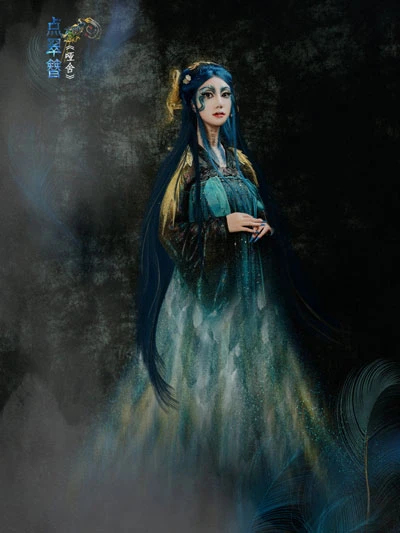
In order to achieve the best recreate effect, Jia Ling began to read a lot of historical books, and the library became her most frequented place. From the depiction inside the "Classic of Mountains and Seas" to the anthropomorphic shape and character, as well as the restoration of clothing and makeup creation, all through her rigorous examination and design.
Hua She (化蛇):
《山海经·中山经》:“又西三百里,曰阳山,多石,无草木。阳水出焉,而北流注于伊水。其中多化蛇,其状如人面而豺身,鸟翼而蛇行,其音如叱呼,见则其邑大水。”
Shan Hai Jing - Zhong Shan Jing: "Three hundred miles to the west, there is a mountain named Yang Shan, in which there are many rocks and no grass. The water of Yang originates from this mountain and flows northward into the River Yi. There are many Hua She in the water, with human-like faces, jackal-like bodies and bird-like wings, crawling and swimming like snakes, making sounds like people shouting and scolding, and a great flood will occur in any place where it appears."
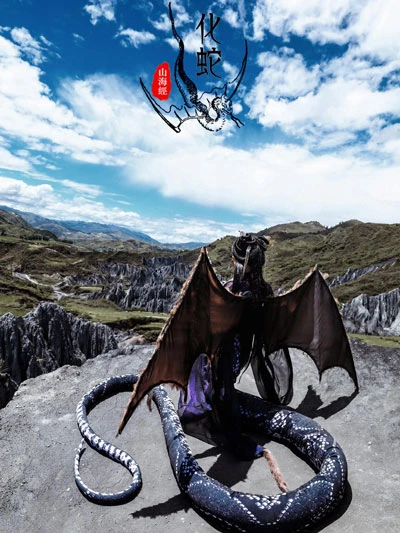
Jiu Wei Hu (九尾狐):
《山海经 · 南山经》:“又东三百里,曰青丘之山,其阳多玉,其阴多青雘。有兽焉,其状如狐而九尾,其音如婴儿,能食人,食者不蛊。
Shan Hai Jing - Nan Shan Jing: "Three hundred miles further east, there is a mountain called Qingqiu Shan. Lots of jade stones are found on the south side of the mountain, and many minerals that can be used as green pigments are found on the north side of the mountain. There is a beast in the mountain, shaped like a fox, with nine tails, which makes a sound like a baby's cry and eats people, but if people eat its flesh, they will not be attacked by poisonous gas."
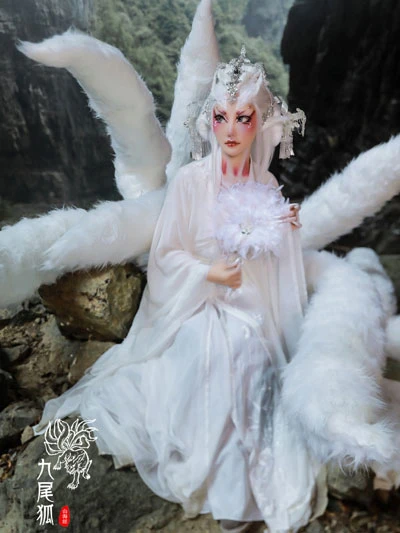
Ying Zhao (英招):
《山海经·西山经》:又西三百二十里,曰槐江之山。……实惟帝之平圃,神英招司之,其状马身而人面,虎文而鸟翼,徇于四海,其音如榴。
Shan Hai Jing - Xi Shan Jing: "Three hundred and twenty miles to the west, there is a mountain named Huaijiang Shan. In fact, it was the residence of the Yellow Emperor after he became immortal, and was managed by the celestial Ying Zhao, who had a horse body and human face, a tiger-like markings on his body, and bird wings, (Ying Zhao) patrolling the four seas, making sounds like the windlass pumping water."
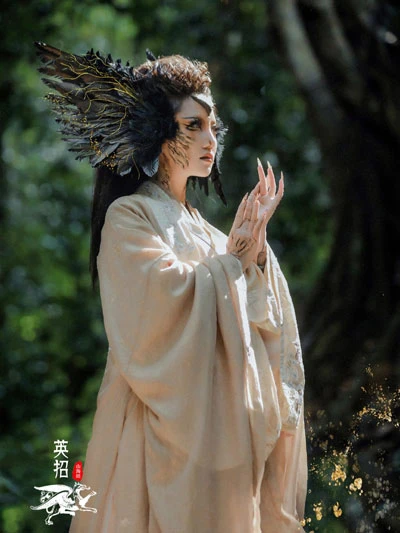
Ba She (巴蛇):
《山海经·海内南经》:“巴蛇食象,三岁而出其骨,君子服之,无心腹之疾。其为蛇青、黄、赤、黑。一曰黑蛇青首,在犀牛西。
Shan Hai Jing - Hai Nei Nan Jing: "Ba She can eat elephants and spit out the bones after three years. When a gentleman eats this elephant bone, he will not get heart and abdominal diseases. This kind of Ba She has four colors of green, yellow, red and black on its body. There is another saying: Ba She is named Black Snake, has a green head, and lives in the west of the rhinoceros habitat."
Gu Diao (蛊雕):
《山海经 · 南山经》:“又东五百里,曰鹿吴之山,上无草木,多金石。泽更之水出焉,而南流注于滂水,水有兽焉,名曰蛊雕,其状如雕而有角,其音如婴儿之音,是食人。”
Shan Hai Jing - Nan Shan Jing: "Five hundred miles to the east, there is a mountain named Lu Wu Shan, on which there is no grass and trees, but a lot of gold and stones. The water of Ze Geng originates from here and flows southward into the Pang Shui. In the water, there is a beast named Gu Diao, shaped like a carving, with horns on its head, pronouncing like a baby crying, and eating humans."
Xi Wang Mu (西王母):
《山海经·西山经》:“又西三百五十里曰玉山,是西王母所居也。西王母其状如人,豹尾虎齿而善啸,蓬发戴胜,是司天之厉及五残。”
Shan Hai Jing - Xi Shan Jing: "Three hundred and fifty miles to the west, there is a mountain called Yu Shan, which is where the Xi Wang Mu lives. The Xi Wang Mu looks like a human, with a tail like a leopard, teeth like a tiger, good at long whistling, hair scattered, wearing jewelry on her head, and is in charge of the heavenly plagues and the five punishments of killing."
Qing Geng (青耕):
《山海经·中山经》:又西北一百里,曰堇理之山,其上多松、柏,多美梓,其阴多丹雘,多金,其兽多豹、虎。有鸟焉,其状如鹊,青身白喙,白目白尾,名曰青耕,可以御疫,其鸣自叫。
Shan Hai Jing - Zhong Shan Jing: "One hundred miles to the northwest there is a mountain called Jin Li Shan, on which there are many pines and cypresses, and many beautiful catalpa trees. On the north side of the mountain there are many red minerals that can be used as pigments, and there is also much gold, and the beasts in the mountain are mostly leopards and tigers. There is a bird in the mountain, similar in shape to a magpie, with a green body, a white beak, white eyes and a white tail. This bird is called the Qing Geng, which can be used to ward off the plague, and its cry is like shouting its own name."
Tian Gou (天狗):
《山海经·西山经》:“又西三百里,曰阴山,浊浴之水出焉,而南流注于蕃泽,其中多文贝。有兽焉,其状如狸而白首,名曰天狗,其音如榴榴,可以御凶。”
Shan Hai Jing - Xi Shan Jing: "Three hundred miles to the west, there is a mountain called Yin Shan. The Zhuo Yu water originates from it and is injected into Fan Ze to the south, where there are many shells with patterns. There is a beast in the mountain, shaped like a bobcat with a white head, named Tian Gou, which makes a sound like a cat's cry and can be used to defend against dangers. "
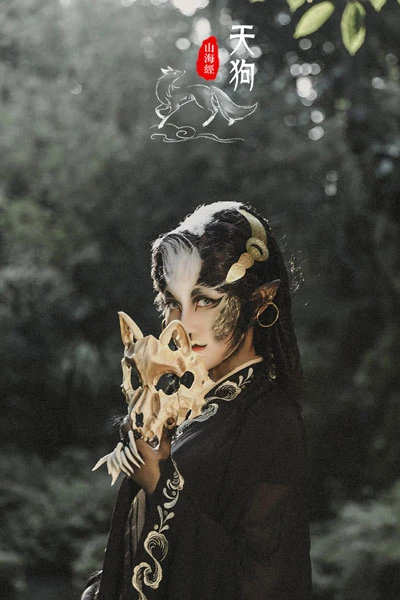
Nü Ba (女魁):
《山海经·大荒北经》:有系昆之山者,有共工之台,射者不敢北乡。有人衣青衣,名曰黄帝女魃。……黄帝乃下天女曰魃,雨止,遂杀蚩尤。魃不得复上,所居不雨。
Shan Hai Jing - Da Huang Bei Jing: There was a mountain named Kun, and there was a Gong Gong Terrace, and the archers did not dare to shoot arrows towards the north where the Gong Gong Terrace was located. There was a man dressed in green, named Huangdi Nü Ba. ...... During the battle of the Yellow Emperor Chi You, the Yellow Emperor invited the Nü Ba, and the rain stopped, so the Yellow Emperor killed Chi You. But Nü Ba could never return to the sky, and wherever she lived, it would not rain.
The above are parts of Jia Ling's "Classic of Mountains and Seas" recreates.
"Classic of Mountains and Seas" is a vast and sophisticated book of wonders, which includes not only the ancient mythical creature, but also geography, transportation, history, medicine, customs in ancient time and so on.
In order to find the most relevant shooting location, Jia Ling's team has visited 82 cities in China, including some deserts and wastelands.
"When shooting the set of "Yong (颙)", the Kulun Desert caught the high winds, and at that time, we were also carrying a very large wing, and the support was steel, so we had to hold hands together to stand firmly forward."
Yong (颙):
《山海经 · 南山经》:“又东四百里,曰令丘之山,无草木,多火。……有鸟焉,其状如枭,人面四目而有耳,其名曰颙,其鸣自号也,见则天下大旱。”
Shan Hai Jing - Nan Shan Jing: "Four hundred miles further to the east, there is a mountain called Lingqiu Shan, in which no grass grows and fire burns everywhere. There was a bird in the mountain, shaped like an owl, with a human-like face, four eyes and ears, named Yong, which made a sound like shouting its own name, and whenever it appeared, there would be a great drought in the world."
When shooting the set of "Bai Min Guo (白民国)", the ideal place in Jia Ling's mind was the Bai Shui Tai in Shangri-La. The road was not easy and required passing over a cliff. But in pursuit of the ultimate effect, she bought insurance for everyone and went to Bai Shui Tai without hesitation. The hardship of the road is not worth mentioning in front of the carefully prepared makeup and costumes.
Bai Min Guo (白民国) & Cheng Huang (乘黄):
《山海经·海外西经》:白民之国在龙鱼北,白身被发。有乘黄,其状如狐,其背上有角,乘之寿二千岁。
Shan Hai Jing - Hai Wai Xi Jing: Bai Min Guo is north of the land where the dragon fish live, and its people are covered with snow-white and have their hair spread out. There is a beast named Cheng Huang, which is similar in shape to a fox and has horns on its back, and if someone rides on it, he can live two thousand years.
"For each mythical creature look, makeup design takes a lot of time. It is not enough just to match the description, but also to show their character, only to do a comprehensive expression from makeup, costume, background and so on." Each makeup application takes 6-8 hours and is extremely damaging to the skin.
"Representing the Shan Hai Jing in the form of characters will give people an intuitive understanding of it, otherwise the obscurity of the language alone is enough to scare many people away. But if someone learns about the Shan Hai Jing indirectly because of my work, then everything I've done is meaningful."
Although the journey was difficult and dangerous, the good thing is that the effect was great, and Jia Ling posted photos of the series of "Classic of Mountains and Seas" on the Internet, which was unanimously loved by the netizens.
"Presenting ancient culture and mythology in the form of a reality interpretation, and making a small contribution to the transmission of ancient Chinese culture, is the luck of my life."
When it comes to traditional culture, she also has her own understanding. "Traditional culture has its own charm, but can not be limited to simple display, which will only increase aesthetic fatigue. How to attract more people with creative highlights is what we need to think deeply about."
For Jia Ling, every work she makes is not only a work, but also her firm love and dream. Tradition, which should not be forgotten; the future, which walks side by side with history.
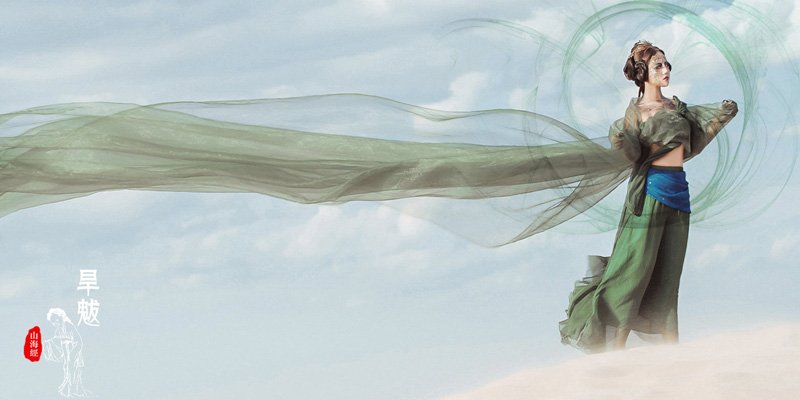
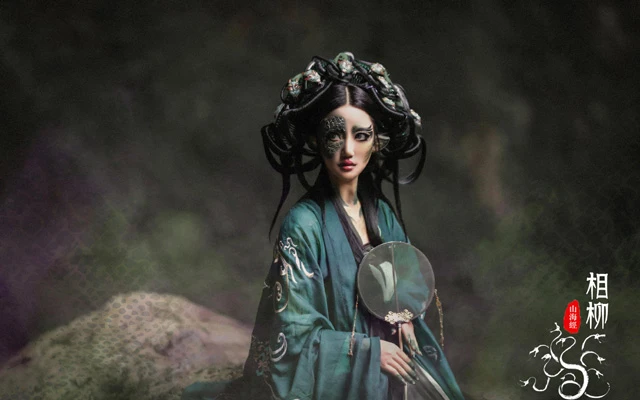
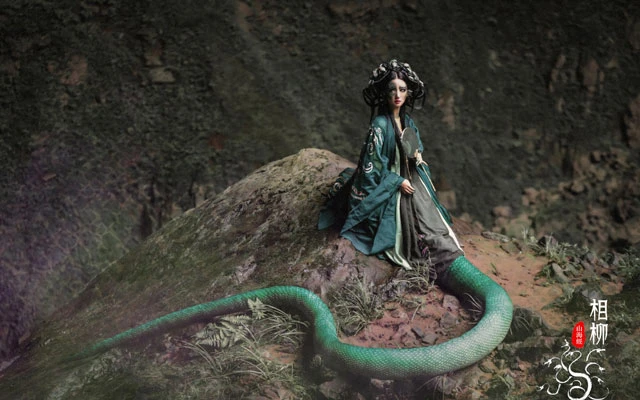
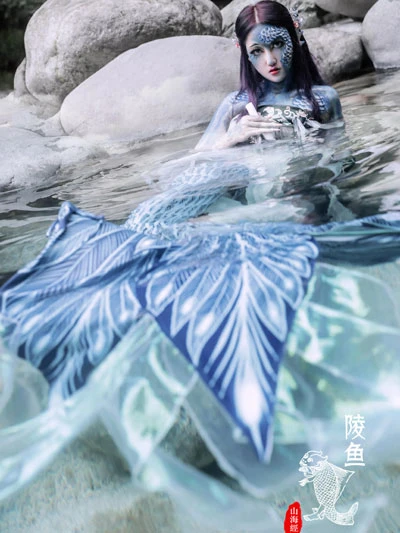
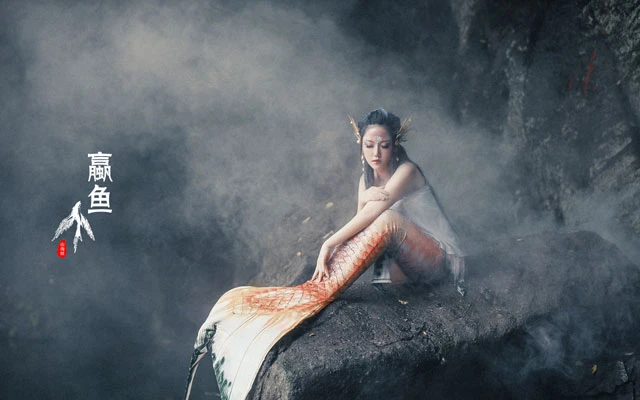
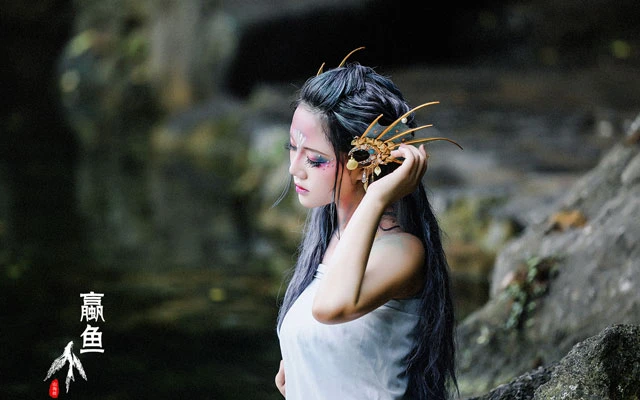
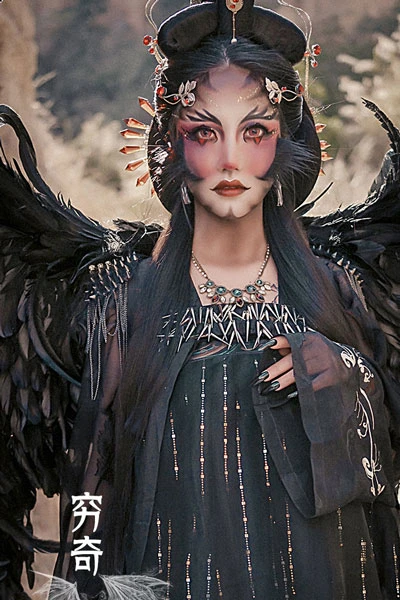
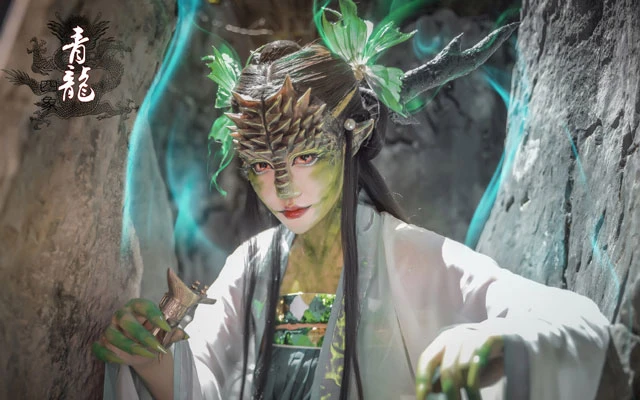
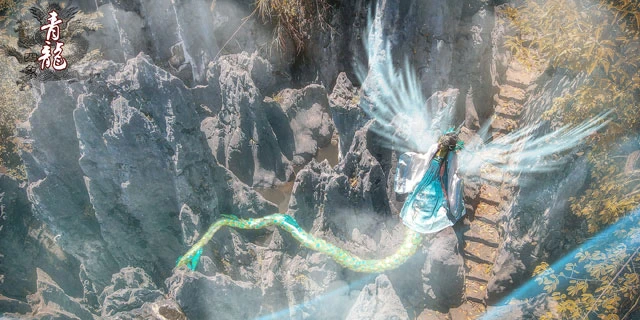
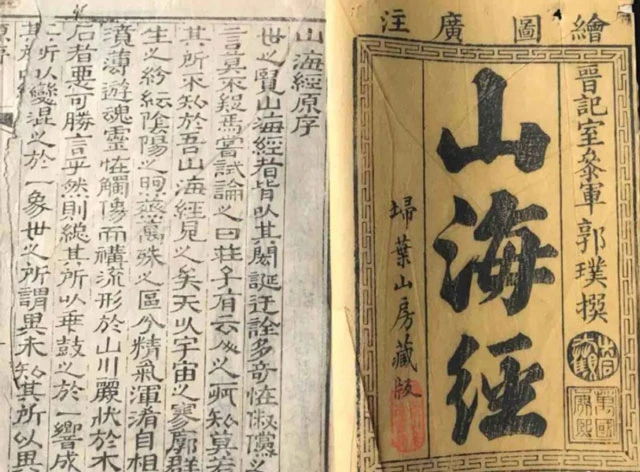
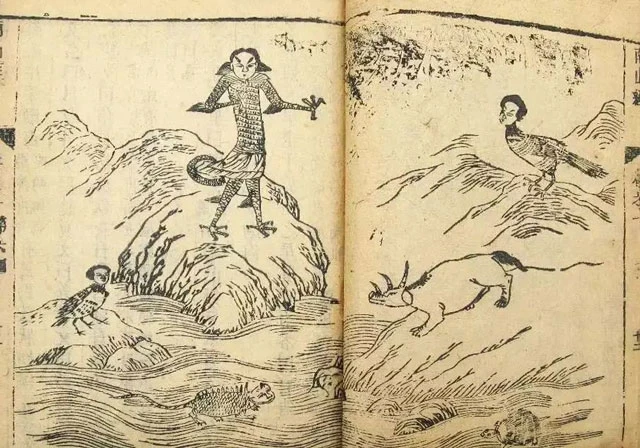
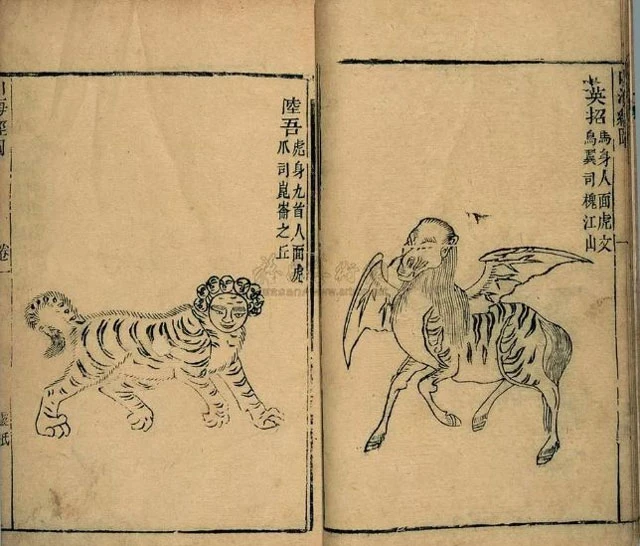
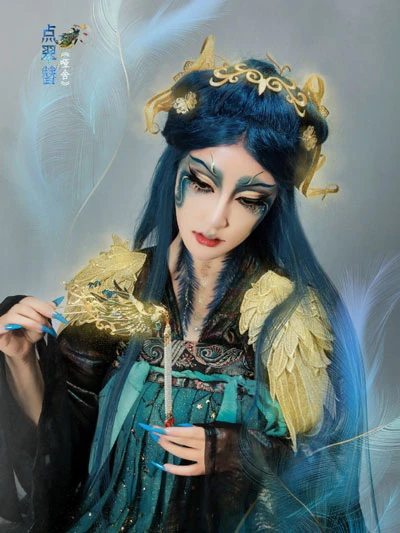
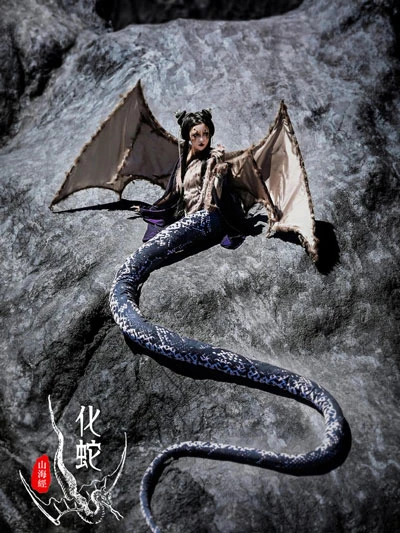
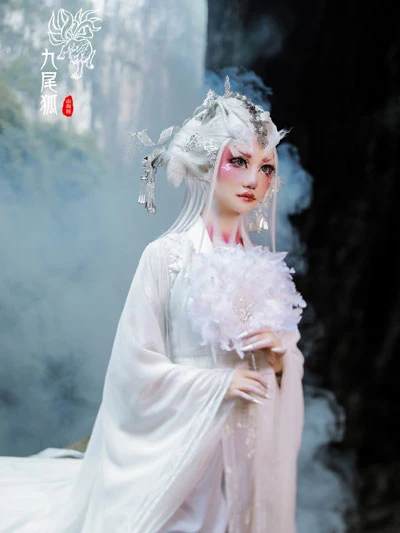
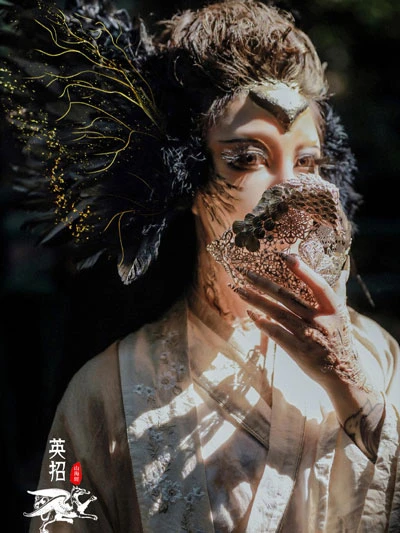
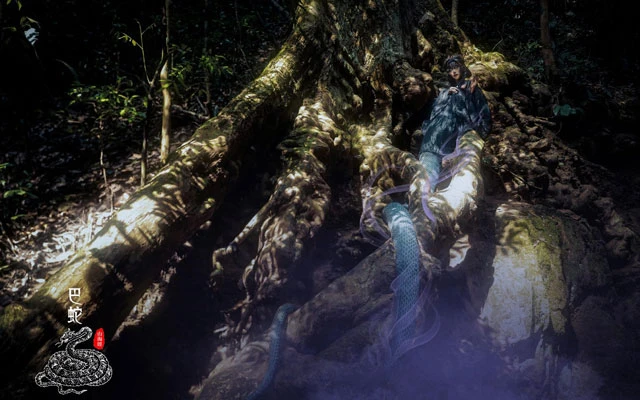
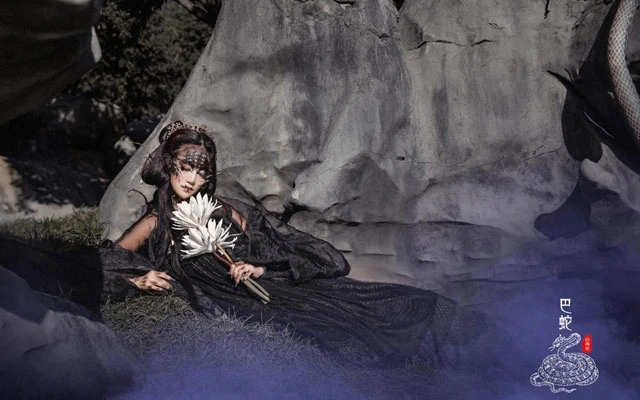
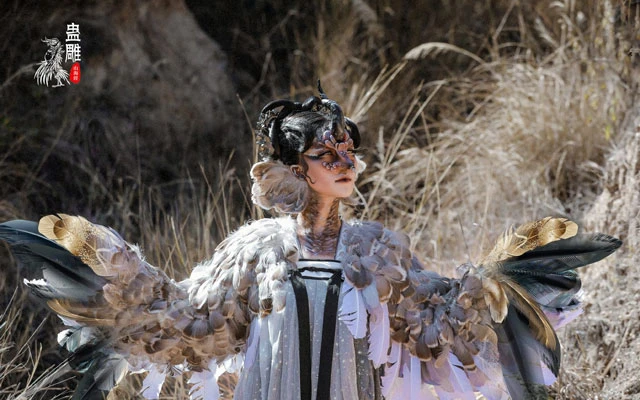
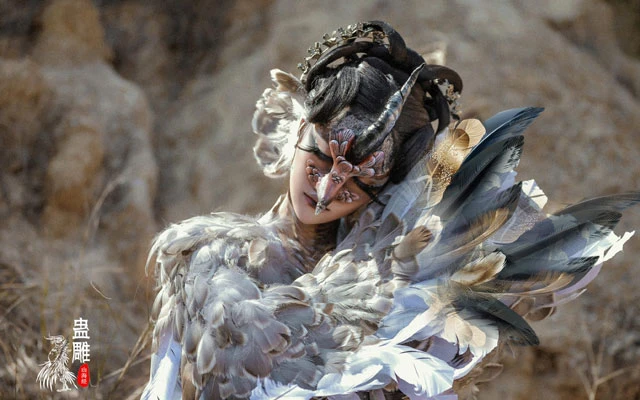
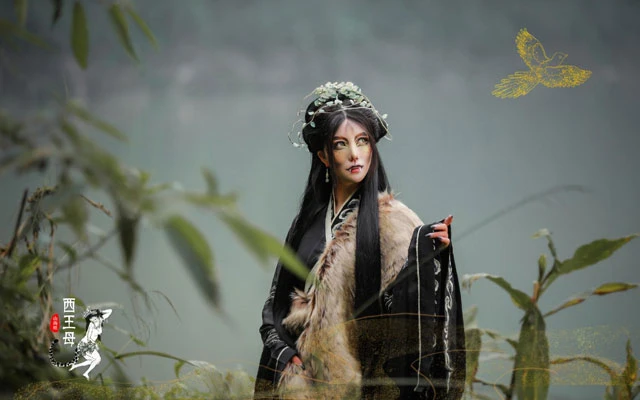
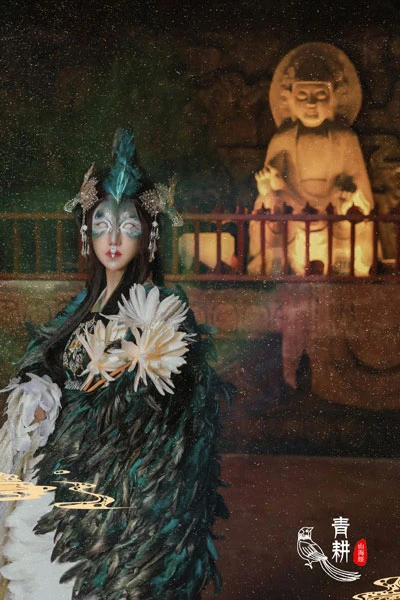
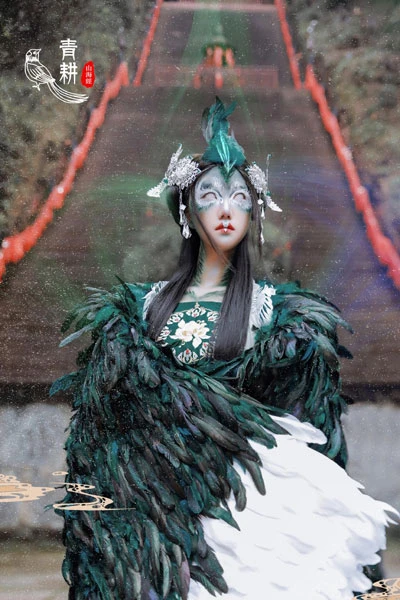
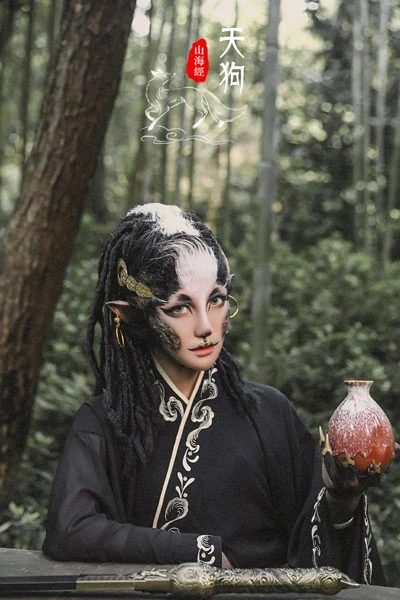
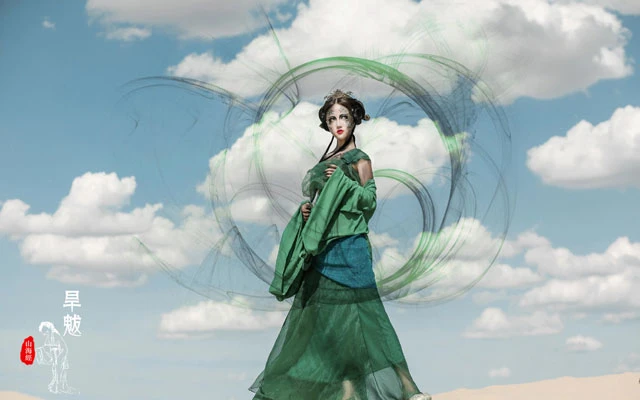
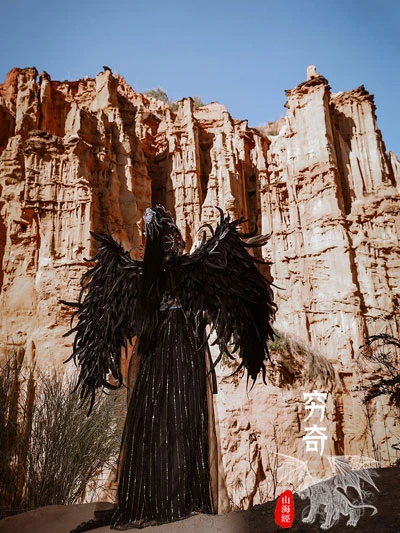
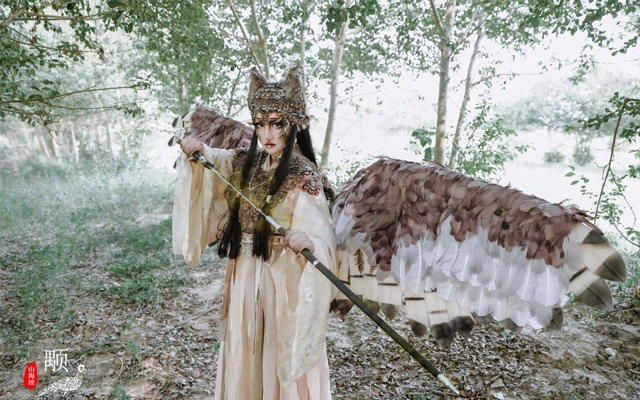
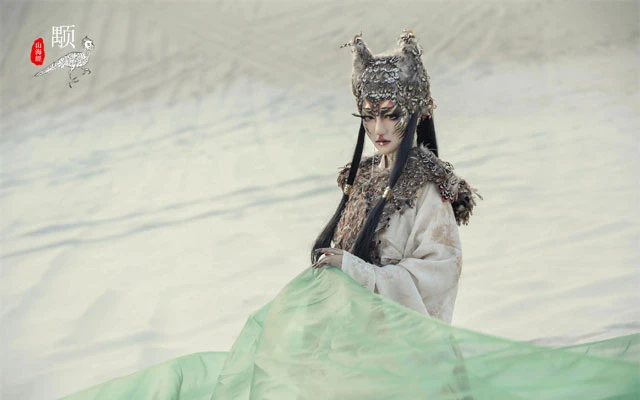
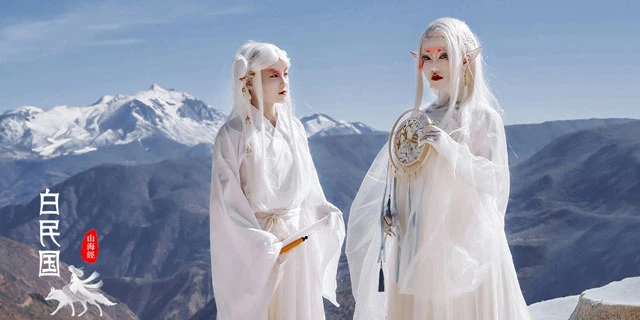
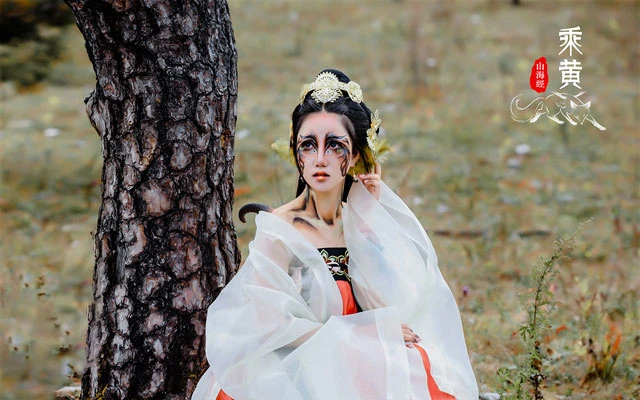
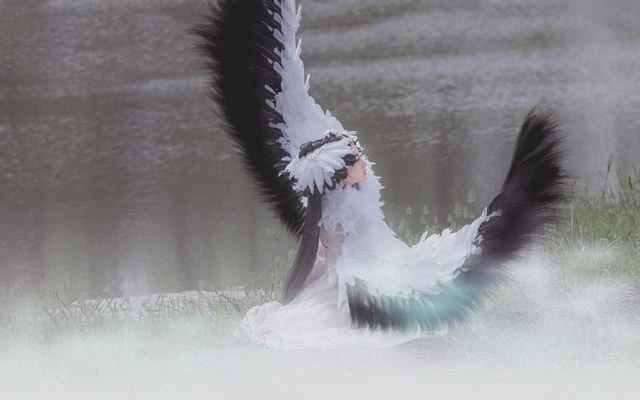
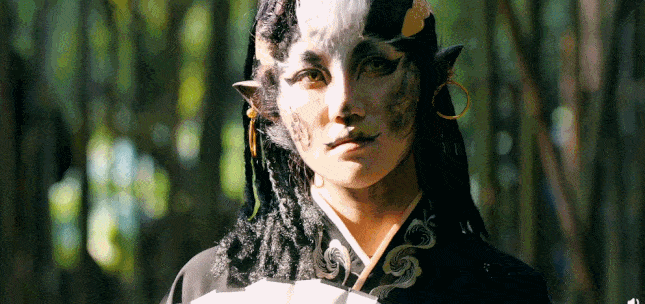

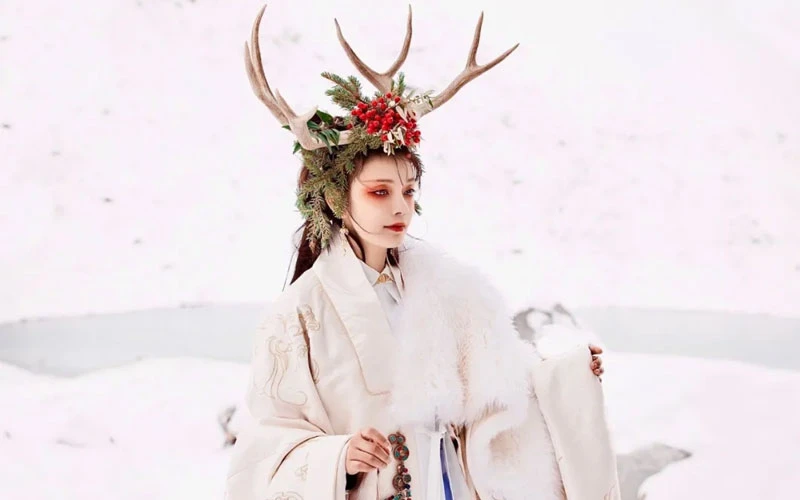

Such creativity!
Hanya saja mereka tersembunyi tidak semua orang bisa melihat,
😂😂
Makhuk mitos itu kupikir benar2 ada
Are the translations official? I mean, ancient chinese is cryptic enough, I want to be sure of the interpretations.
The names of the mythical creature mentioned in the article, all of which I expressed in Pinyin + Chinese. This does not mean that it is the official translation, if you find a relevant translation, please let me know, thank you very much!
Wow sangat menakjubkan
This is so cool! I've been looking for a copy of 山海经 in English for a while. Now I'm even more motivated.
Amazing, thanks for sharing